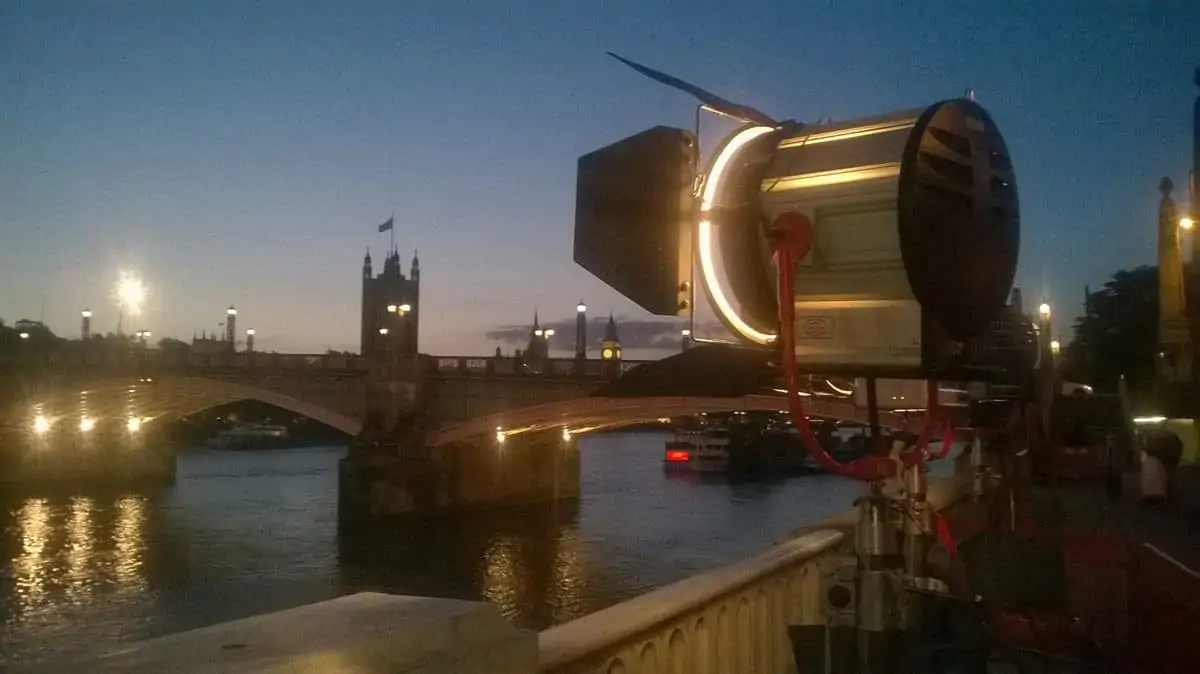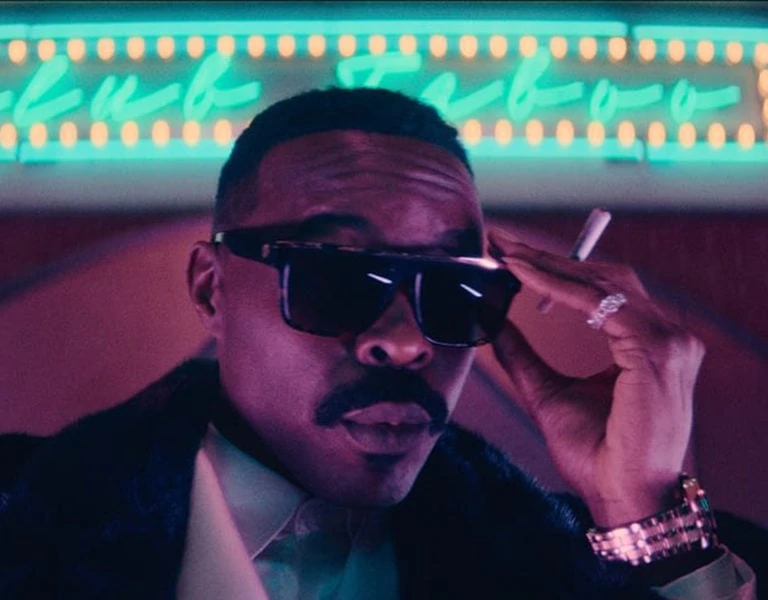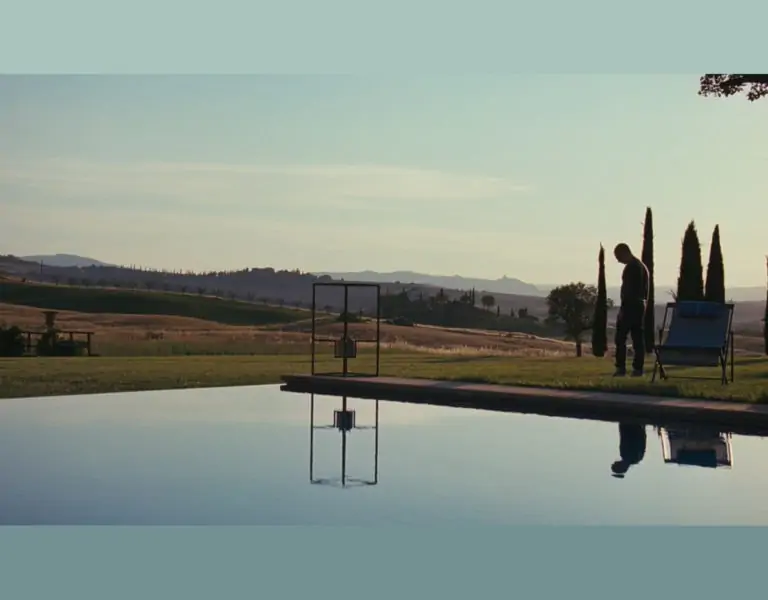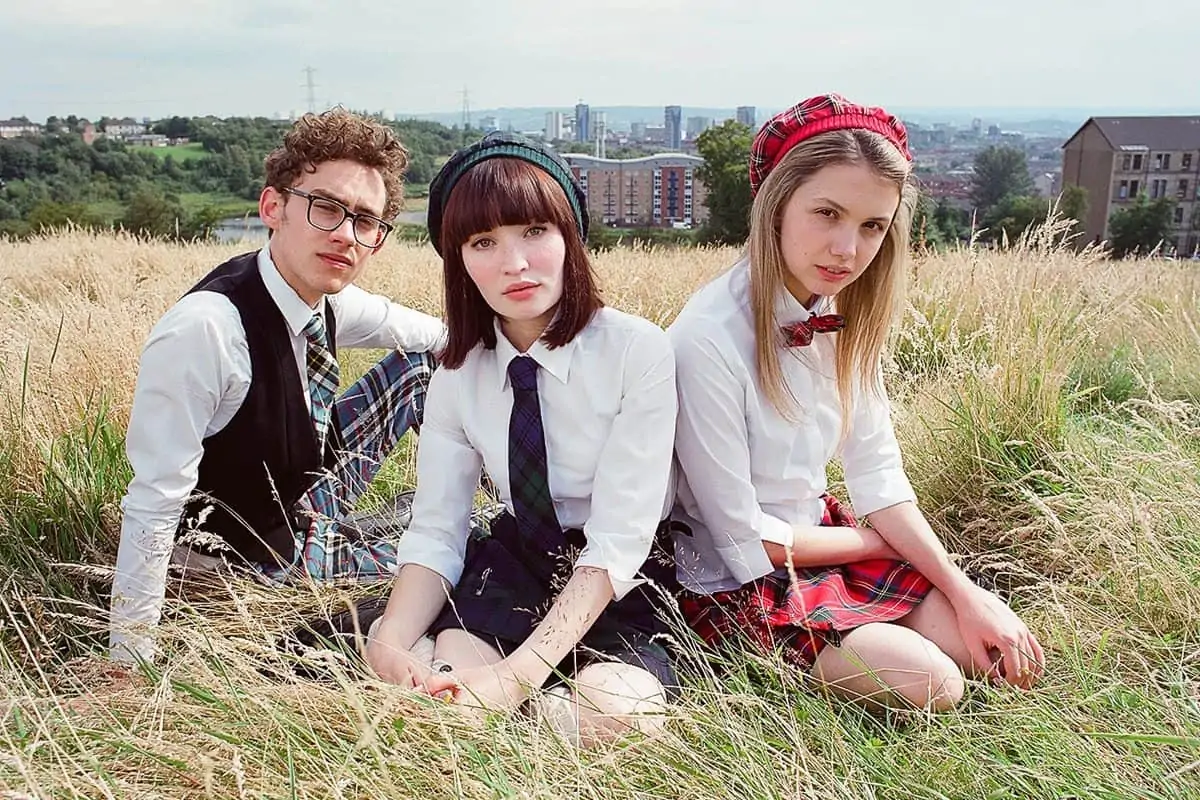Double bill
Ben Smithard BSC / Blinded By The Light & Downton Abbey

Double bill
Ben Smithard BSC / Blinded By The Light & Downton Abbey
WANT TO READ IT ALL?
Below is only a teaser, and the full interview can be found in the September 2019 issue (95) of British Cinematographer magazine.
If you purchase a year's digital subscription from just £30, or a year's all-inclusive subscription from just £64, you can read the interview in Issue 95 by clicking HERE. You will also receive access to the rest of our extensive back catalogue.
CLICK TO BUY A DIGITAL SUBSCRIPTION
CLICK TO BUY A PRINT & DIGITAL SUBSCRIPTION
BY: Ron Prince
Every so often a cinematographer experiences what might be deemed a 'double whammy' - when two films they have shot release at the cinema at pretty much the same time.
In 2019, for DP Ben Smithard, these turned out to be the low-budget and highly-acclaimed Blinded By The Light, directed by Gurinder Chadha, followed by the altogether larger-scale and hotly-anticipated Downton Abbey, directed by Michael Engler.
Smithard's credits include The Damned United (2009), The Trip (2010), My Week With Marilyn (2011), Alan Partridge: Alpha Papa (2013), The Second Best Exotic Marigold Hotel (2015), Goodbye Christopher Robin (2017) and The Man Who Invented Christmas (2017). He won the Primetime Emmy for his work on the BBC TV series Cranford (2007), and was a BSC Award nominee for The Hollow Crown (2012, ep. Henry IV: Part 1 & Part 2).
"I love shooting period films, and am now very close to having shot a movie set in every decade of the 20th century," says Smithard. "In the UK, I think we're inherently nostalgic, more so than any other country in the world. I really enjoy tapping into the sights, sounds, smells and general zeitgeist of different times and periods of history, and these two productions offered wildly different views of Britain sixty years apart."
Based on the life and memoirs of journalist Sarfraz Manzoor, Blinded By The Light follows Javed, a Pakistani teenager who experiences racial and economic turmoil whilst living in Luton, during the austere days of Margaret Thatcher's Britain. He writes poetry as a way to escape intolerance in his hometown and the unbending views of his traditional father. When a classmate introduces him to the music of Bruce Springsteen - the movie features 17 Springsteen songs - Javed sees parallels between the powerful lyrics and his own working-class environment. Springsteen's melodies soon inspire Javed to find his own voice and follow his dreams.
Principle photography on Blinded By The Light took place over a six-week period, during April and May in 2018, at locations around Luton, along with a stint at Ealing Studios, and a brief shoot in New Jersey for background plates.
Set in 1927, Downton Abbey continues the story of the Crawley family, wealthy owners of a large country estate, as seen in the hugely popular ITV series of the same name, created by Julian Fellowes, which ran from 2010 to 2015. Many of the original cast returned for the film, including Hugh Bonneville, Jim Carter, Michelle Dockery, Elizabeth McGovern, Maggie Smith, Imelda Staunton and Penelope Wilton. The film, written by Fellowes, features a royal visit by King George V and Queen Mary that causes a stir among both the Crawleys and their servants alike.
Smithard started 10-weeks of principal photography on Downton Abbey in London during late August 2018, before production moved to Highclere Castle, Hampshire, whose interiors/exteriors had been the main locations for the TV series. Filming also included a special parade sequence in Lacock, Wiltshire, and railway scenes at the North Yorkshire Moors Railway in Pickering. The kitchens, servants quarters and bedrooms were built on stages at Shepperton Studios.
Ron Prince caught up with Smithard to discover more about his approaches to both productions.
"I planned every lighting set-up with a hand drawn lighting plan, as I always do. They are very specific, colour-coded to my script, and location plans. There are much more modern techniques for doing these types of plans, but I am still more comfortable doing it this way and it's quick."
- Ben Smithard BSC on Downton Abbey

Blinded By The Light
What references did you look at for Blinded By The Light?
BS: My filmic references were from various British features from the early to mid 1980s - such as My Beautiful Launderette (1985, dir. Stephen Frears, DP Oliver Stapleton BSC) Mona Lisa (1986, dir. Neil Jordan, DP Roger Pratt BSC), Sid And Nancy (1986, dir. Alex Cox, DP Roger Deakins BSC), Prick Up Your Ears (1987, Stephen Frears, DP Oliver Stapleton BSC), Wish You Were Here (1987, dir. David Leland, DP Ian Wilson BSC) and Withnail & I (1987, dir. Bruce Robinson, DP Peter Hannan BSC).
Most of the other visual references I had for Blinded By The Light were photographs from 1980s' Britain. Most of these were just random stills from the era that I found on the Internet - essentially anything that piqued my interest with regards to colour, contrast and film grain.
Although we shot Blinded By The Light using the Alexa Mini, I wish that the producers had let me shoot on film, because it really would have been perfect for this movie. In the back of my head, look-wise I always felt that Blinded By The Light was a companion film to my first feature, The Damned United (2009, dir. Tom Hooper), which I shot on 35mm using Fuji Motion picture film. The Damned United had a very specific colour palette of the late '60s and early '70s Northern England, and I wanted Blinded By The Light to have a strong look colour-wise that felt like I had tracked the change in colour, tone and contrast through the '70s into the '80s.
Regarding music from the era, I am the same age as the main character Javed, and our co-writer Sarfraz, so I lived through that music as they did, and it was all a huge influence of everything on me, then and for the film.
What was your camera/lens choice for the film?
BS: Seeing as I was unable to shoot on film, I decided to go with Alexa Mini, fitted with Zeiss Ultra Primes - as they make for a fast and visually reliable combination - shooting ARRIRAW in 2.35:1 aspect ratio. I felt the wider frame size was most appropriate to capture the low-rise nature of Luton's architecture, the ordeals and aspiration of our lead character, scenes with multiple characters, and to accommodate use of split-screen. The camera and lenses were supplied by 24/7 Drama.
What LUTs did you create for the film?
BS: Of course, the 1980s were saturated with colours compared to earlier decades, and this had to be controlled so that the film didn't look too gaudy and garish. This was one of those films where I spent quite a long time coming up with a suitable LUT with my regular colourist Gareth Spensley at Molinare. We settled on three LUTs that could be used at various times during the film, depending on the scene and the emotion of the character.
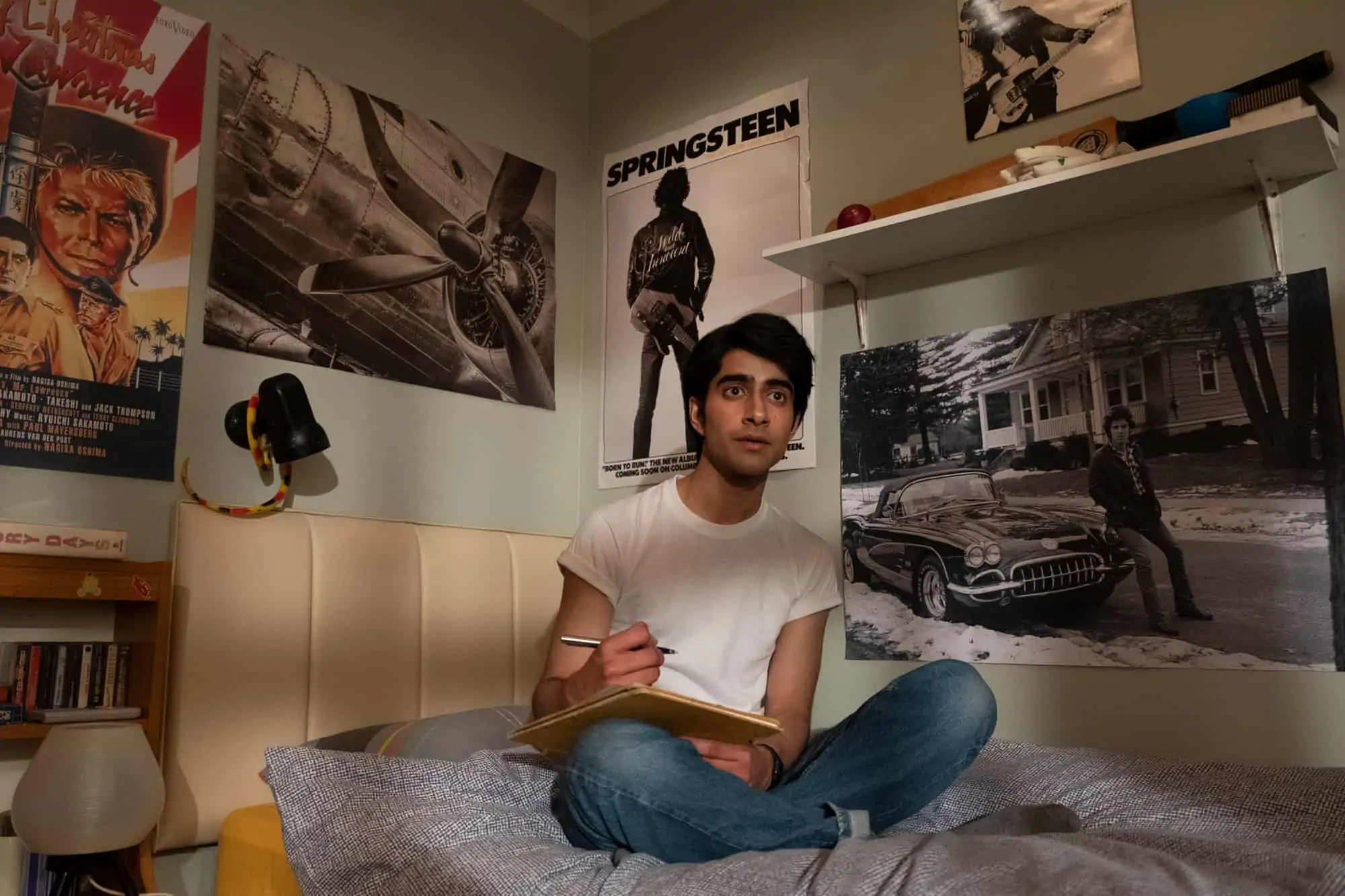
Downton Abbey
How did you feel about getting involved with Downton Abbey?
BS: I was excited as I had worked with a number of the producers, several heads of department, and key members of the cast before. I watched all six seasons of the TV series by the time I had completed on Blinded By The Light, so I knew the backstory extremely well. Although I had not met Michael Engler before, he is super-organised, intelligent and focussed. It turned out to be amongst my most enjoyable experiences I have ever had on a feature.
What creative references did you look at?
BS: I watched a lot of films in my consideration for the look for Downton Abbey. These included: Remains Of The Day (1993, dir. James Ivory, DP Tony Pierce-Roberts BSC), Far From The Madding Crowd (1967, dir. John Schlesinger, DP Nic Roeg BSC), Barry Lyndon (1975, dir. Stanley Kubrick, DP John Alcott BSC), Howards End (1992, dir. James Ivory, DP Tony Pierce-Roberts BSC), Tess (1979, dir. Roman Polanski, DPs Ghislain Cloquet/Geoffrey Unsworth BSC), Atonement (2007, dir. Joe Wright, DP Seamus McGarvey BSC ASC), Darkest Hour (2017, dir. Joe Wight, DP Bruno Delbonnel AFC ASC), The Crown TV series (DPs Adriano Goldman BSC,/Stuart Howell/Ole Bratt Birkeland) Brideshead Revisited (2008, dir. Julian Jarrold, DP Jess Hall BSC), Chariots Of Fire (1981, dir. Hugh Hudson, DP David Watkin BSC), The Duchess (2008, dir. Saul Dibb, DP Gyula Pados) and, of course, Gosford Park (2001, dir. Robert Altman, DP Andrew Dunn BSC).
Amongst the painting references were works by William Hogarth, Robert Braithwaite Martineau, Joseph Wright, John Henry Henshall, Thomas Webster, William Logsdail, James Whistler, Johann Zoffany, Thomas Gainsborough and John Constable.
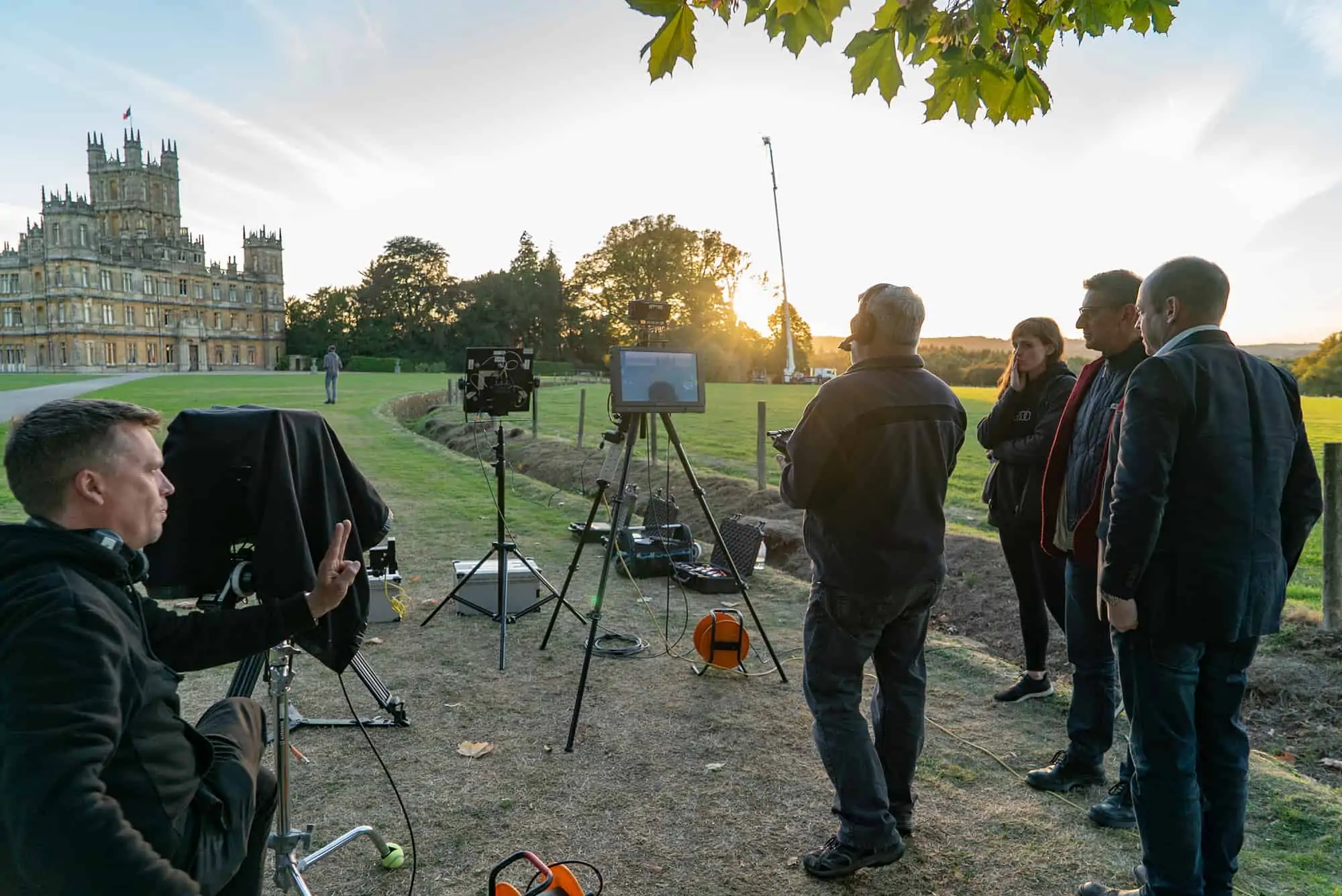
How did you come to use the Sony Venice camera for Downton Abbey?
BS: A number of episodes in the original TV series looked really good, so it was a tough call when it came to making the film look even more grand and cinematic. I have always gravitated towards the latest technology, and Sony had just released the Venice. Having shot Belle and The Second Exotic Marigold Hotel on the Sony F65, I knew their high-end cameras were good and easy-to-use, and that the 6K Venice was capable of delivering the epic look we wanted.
How did you go about selecting lenses?
BS: Once I had decided to shoot using the Sony Venice I had to then find a set of lenses that would compliment the camera system. Because I wanted to shoot at 6K, which was the full resolution the camera can output, the choice of lenses was limited. Most lenses designed originally for the Super 35 format just don't cover the larger sensor area, which is the same as full frame 35mm used on a 35mm stills camera.
I've used pretty much every type of lens designed for Super 35mm over the years, but none of them work on the Venice at that resolution. I could have just shot Downton Abbey at 4K and most of them would have worked, but I wanted to go 'big'. Luckily Zeiss had just released a set of lenses in their new Zeiss Supreme range. I was initially cautious about using them, as I thought they would just be too sharp, and too digital-looking for a period film. However I think they were pretty amazing, the design is flawless as you would expect with a high-end Zeiss lens. They match perfectly across the range, which is an important factor when shooting such a large-scale production. There can be no mistakes with a film like this, everything needed to be very precise, and the lenses were a perfect match.
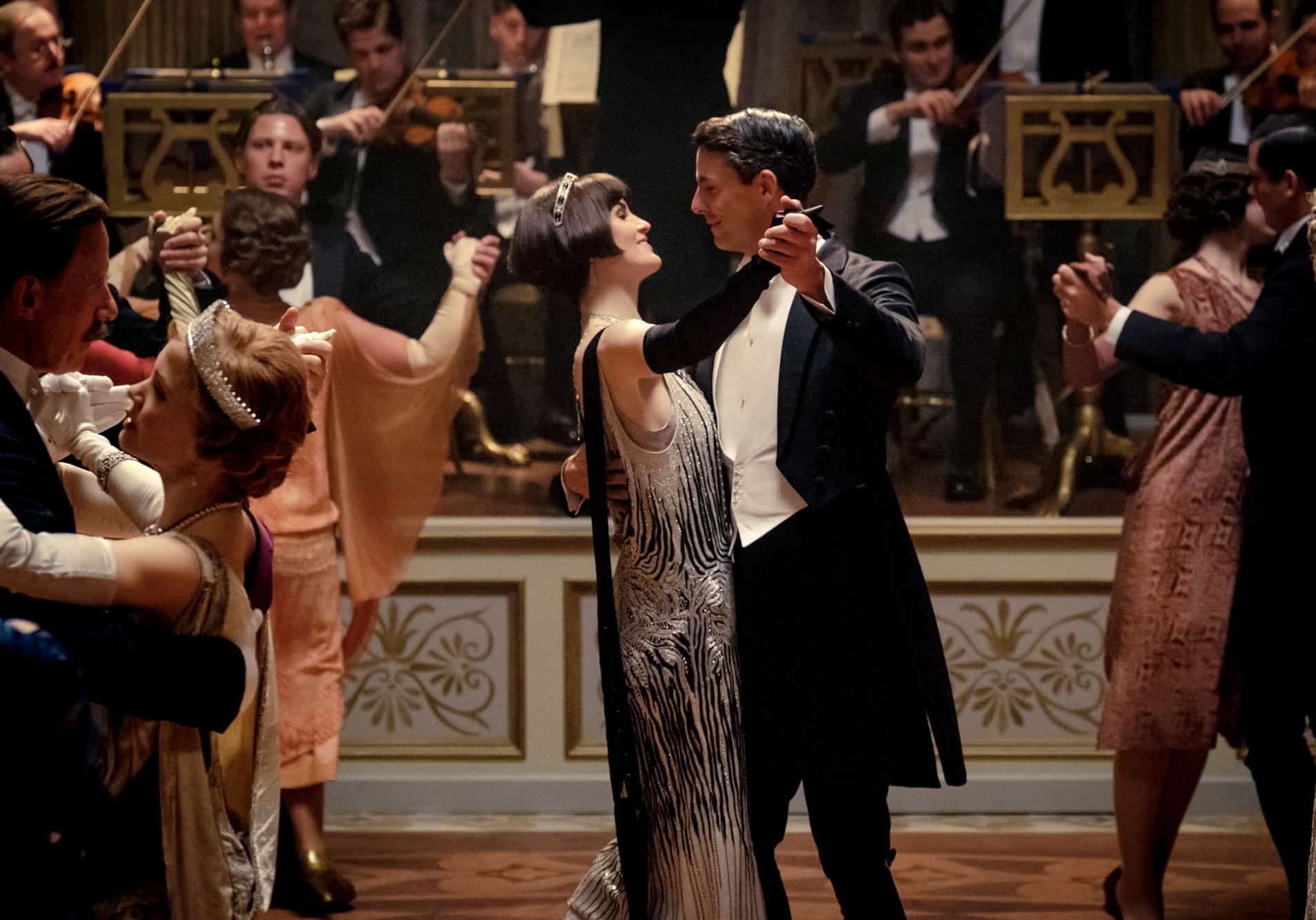
READ IT ALL
The full interview can be found in the September 2019 issue (95) of British Cinematographer magazine.
If you purchase a year's digital subscription from just £30, or a year's all-inclusive subscription from just £64, you can read the interview in Issue 95 by clicking HERE. You will also receive access to the rest of our extensive back catalogue.


